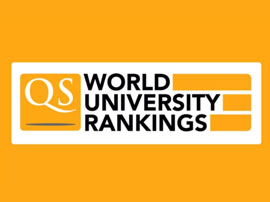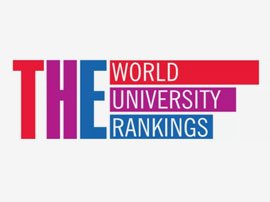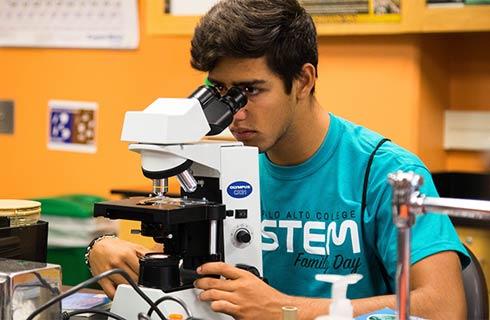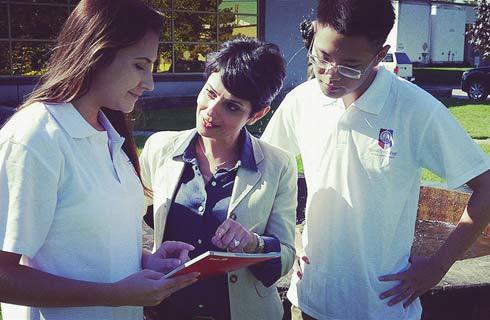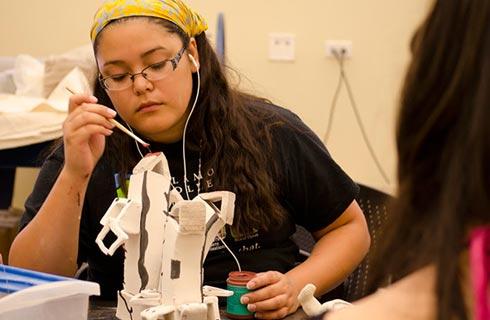艺术史文学硕士-博物馆实践
Master of Arts in Art History - Museum Practices

学历文凭
Masters Degree

专业院系
Department of Art and Design

开学时间

课程时长

课程学费

国际学生入学条件
For Fall semester admission with assistantship, completed materials must be received at the University by February 15. Applications received after April 1 cannot be guaranteed consideration for the Fall semester. For Spring semester admission, the deadline is November 1.
For the concentration in African American – African Diaspora Art Histories, an undergraduate course in each of the major areas of art history is desirable: American, ancient, medieval, renaissance, baroque, and modern[FCA(1] . If after evaluation of the student’s transcript, the art history faculty perceives a deficiency in these areas, the student may be required to successfully complete courses that will not count toward the Master of Arts degree.
A letter of intent, explaining the applicant’s motivation and objectives in pursuing a graduate degree in art history.
A sample of undergraduate writing, preferably in art history.
Two letters of recommendation, at least one of which should be from a college faculty member who knows the student well.
Admission to the Graduate School is open to anyone holding a bachelor’s, master’s, or doctoral degree from an accredited college or university. In cases, where a program’s accrediting body allows alternate admissions standards, exceptions may be made. Applicants should have completed undergraduate or graduate work of sufficient quality and scope to enable them to successfully pursue graduate study. The University of Memphis offers equal educational opportunity to all persons without regard to race, religion, sex, creed, color, national origin or disability.
Baccalaureate Degree: The applicant must provide an official transcript showing that a bachelor’s degree was awarded by an accredited college or university. If you are a UofM undergraduate student applying to Graduate School at UofM, you do not need to request that an official transcript be sent to Graduate Admissions. This office has access to your transcript. In addition, transcripts from any other college or university attended may be requested. Only transcripts received directly from an issuing institution are considered official. Personal copies are not acceptable as official documents.
GPA: The applicant must have earned an acceptable grade point average, typically a minimum of 2.5 on a scale of 4.0, but departments may make exceptions for students whose overall GPA does not adequately reflect their ability to succeed in their chosen field.
English proficiency test scores required by the University:
Duolingo English Test- For students affected by test center closures due to COVID-19, the University is temporarily accepting Duolingo as an alternative. 100 or higher on the overall score, all sub scores must be at least 80.
TOEFL (Test of English as a Foreign Language) Institution code 1459. TOEFL - 550 or higher on the paper version, 79 or higher on the internet-based test
IELTS (International English Language Testing System- 6.0 or higher
PTE (Pearson Test of English) - 53 or higher
IDP—雅思考试联合主办方

雅思考试总分
6.0
- 雅思总分:6
- 托福网考总分:79
- 托福笔试总分:550
- 其他语言考试:PTE (Pearson Test of English) - 53 or higher
CRICOS代码:
申请截止日期: 请与IDP联系 以获取详细信息。
课程简介
孟菲斯大学的艺术史是对艺术的研究,既反映了文化又是塑造文化的积极因素。这样,绘画,雕塑,建筑,摄影,视频,表演,混合媒体以及其他媒体,被理解为与包括文学,哲学,宗教,政治和科学在内的更广泛的文化环境有着复杂的联系。训练学生从跨学科的角度密切分析艺术和视觉文化,同时考虑到创作过程,观众的接受程度和艺术功能。硕士课程的目的是为学生提供在特定艺术和视觉文化领域的专业知识,并为毕业生提供进行进一步的博士研究或一系列就业机会所需的分析培训,写作技巧和研究技术。教育,博物馆和美术馆,自然保护,艺术组织或出版。拥有东南
In the museum practices concentration, students focus on acquiring specialized knowledge and skills related to the practical aspects of museum work and curatorial practices. The curriculum is designed to prepare students for careers in museums, galleries, and cultural institutions, with an emphasis on curation, exhibition design, collections management, and audience engagement. Throughout the program, students study the principles of museum organization and management, exploring topics such as museum ethics, conservation, provenance research, and the legal and ethical considerations of handling art and cultural objects.<br><br>Courses delve into exhibition planning and design, teaching students how to conceptualize and organize museum displays that are visually compelling and intellectually engaging. They learn about different exhibition strategies, interpretative techniques, and ways to communicate narratives effectively to diverse audiences.<br><br>Students also gain insights into the digital aspects of museum practices, exploring how technology and new media can enhance visitor experiences and broaden the reach of museums in the digital age. This may include learning about virtual exhibitions, online collections, and interactive museum installations.
In the museum practices concentration, students focus on acquiring specialized knowledge and skills related to the practical aspects of museum work and curatorial practices. The curriculum is designed to prepare students for careers in museums, galleries, and cultural institutions, with an emphasis on curation, exhibition design, collections management, and audience engagement. Throughout the program, students study the principles of museum organization and management, exploring topics such as museum ethics, conservation, provenance research, and the legal and ethical considerations of handling art and cultural objects.<br><br>Courses delve into exhibition planning and design, teaching students how to conceptualize and organize museum displays that are visually compelling and intellectually engaging. They learn about different exhibition strategies, interpretative techniques, and ways to communicate narratives effectively to diverse audiences.<br><br>Students also gain insights into the digital aspects of museum practices, exploring how technology and new media can enhance visitor experiences and broaden the reach of museums in the digital age. This may include learning about virtual exhibitions, online collections, and interactive museum installations.
相关申请
 预科
预科 奖学金
奖学金 实习机会
实习机会 在校学习
在校学习 跨境学习
跨境学习 校园授课-线上开始
校园授课-线上开始 在线/远程学习
在线/远程学习
开学时间&学费
学费信息仅供参考,请与IDP联系以获取详细信息
| 开学时间 | 时长 | 学费 | 地点 |
|---|
本校相关课程
其他相关课程

艺术史和博物馆研究荣誉文学士(专业)
 韦仕敦大学
韦仕敦大学学历文凭
Bachelor Degree with Honours
开学日期
课程费用总额


历史与档案研究文学硕士:博物馆研究
 克莱蒙特研究生大学
克莱蒙特研究生大学学历文凭
Masters Degree
开学日期
课程费用总额


博物馆,遗产和公共历史文学硕士
 密苏里大学圣路易斯分校
密苏里大学圣路易斯分校学历文凭
Masters Degree
开学日期
课程费用总额


安大略大学博物馆和画廊研究专业研究生证书
 乔治亚学院
乔治亚学院学历文凭
Graduate Certificate
开学日期
课程费用总额

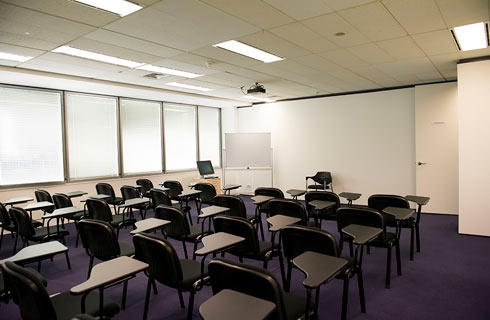
Bachelor of Arts in Museum Studies
 坦帕大学
坦帕大学学历文凭
Bachelor Degree
开学日期
课程费用总额

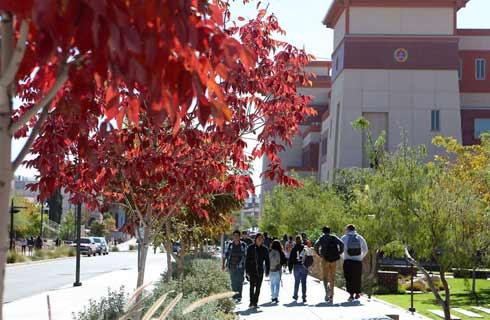
Bachelor of Arts in Art History and Museum Studies
 旧金山大学
旧金山大学学历文凭
Bachelor Degree
开学日期
课程费用总额




